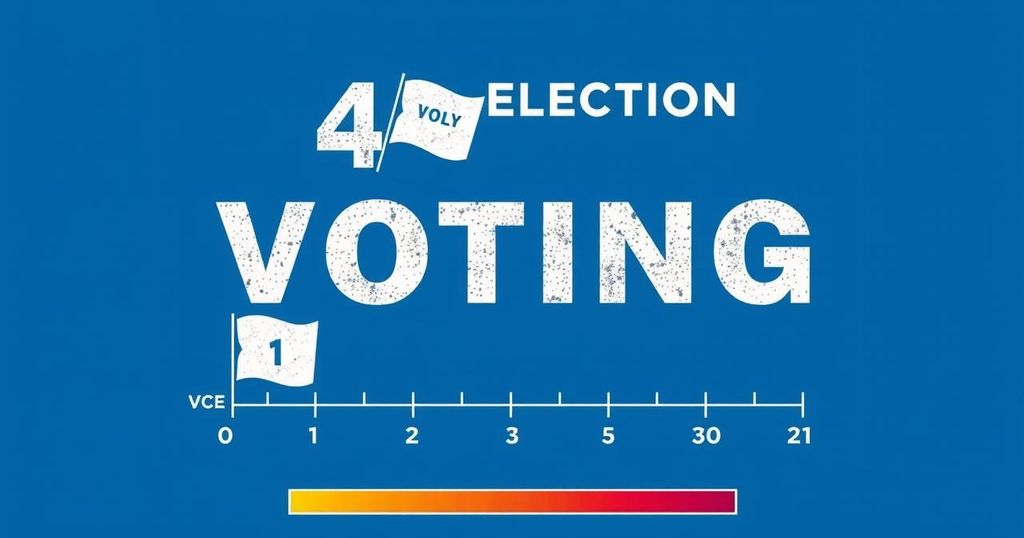2024 Early Voting Insights: Republican Gains and Democratic Dominance in Mail-In Voting

Early in-person voting data shows that likely Republican voters are now matching likely Democratic voters, a significant change from the previous election cycles. However, Democrats maintain a strong lead in mail-in voting, consistent with prior years. This assessment utilizes data derived from the Virginia Department of Elections and L2 Political to estimate voter partisanship.
A recent analysis of early voting trends reveals that likely Republican voters have achieved an unprecedented level of early in-person voting, matching the numbers of likely Democratic voters as of 16 days prior to the November election. This marks a significant increase for the Republican party compared to statistics from previous election cycles spanning from 2021 to 2023. In contrast, Democratic voters continue to maintain a substantial lead in mail-in ballots, boasting a ratio exceeding two-to-one, a trend that has remained consistent with past election years. Detailed data on early voting, including metrics categorized by locality, can be accessed through the VPAP’s Early Voting Dashboard. It is crucial to note that Virginia does not mandate voter registration by political affiliation, and all ballots are counted only on election day; therefore, to accurately estimate the party affiliation of voters, the Virginia Public Access Project (VPAP) employed a method of matching voter IDs from the Virginia Daily Absentee List with data from L2 Political. L2 Political is a data analytics firm that uses algorithms to estimate the likely party affiliation of voters, based on factors such as historical participation trends in primary elections and demographic data. Additionally, estimates for the 2020 election cycle were excluded from analysis due to significant data limitations resulting in an excessive ‘Unknown’ category exceeding twenty percent.
As the November elections approach, understanding the dynamics of early voting patterns is pivotal for political parties and observers alike. Early voting provides a crucial indication of voter engagement and potential turnout. The innovative measures taken by reflective political analytics firms, such as matching voter participation with demographic information, add a layer of sophistication to electoral predictions. Virginia’s unique voting laws add complexity to understanding voting trends, particularly the lack of party registrational requirements. This analysis focuses on comparing early voting behavior between likely Republican and Democratic voters, shedding light on evolving political landscapes and voter mobilization strategies.
In conclusion, the current data surrounding early voting indicates a noteworthy shift in Republican participation levels in early in-person voting, reaching an all-time high when compared with previous electoral cycles. However, the Democratic party retains a considerable advantage in mail-in voting. These trends are critical for both parties as they strategize for the upcoming election and seek to mobilize their supporter bases effectively.
Original Source: www.vpap.org







